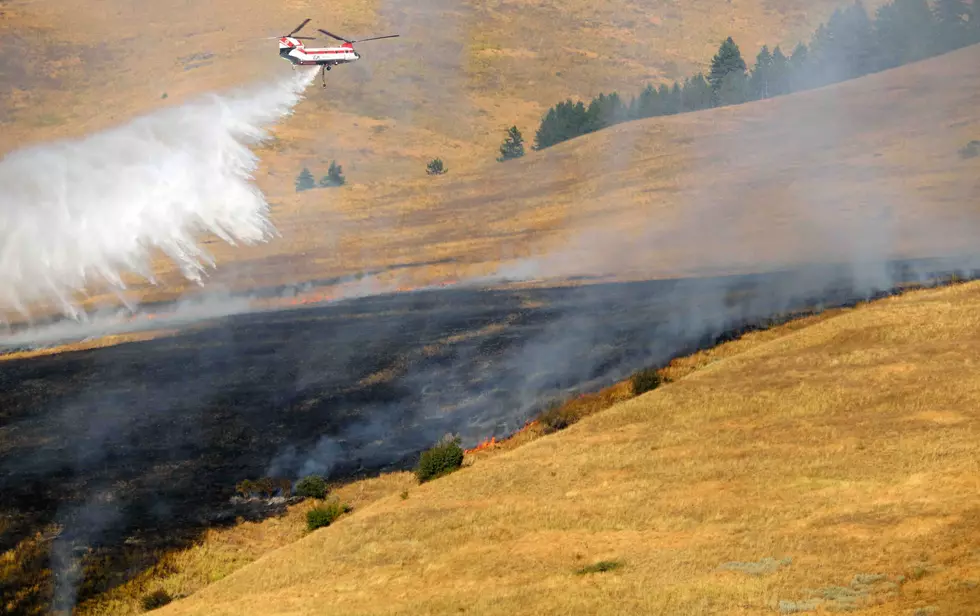
Wildfire ’emergency’ comes to a cool, wet close in Missoula County
When emergency officials in Missoula County declared a wildlife emergency in August, they did so on the anniversary of the Big Burn in 1910, hoping it wouldn't serve as a harbinger of the season to come.
It didn't, and there was no anniversary on Tuesday to mark the county's quiet declaration that the fire emergency had passed – doused as it was by wet fall weather.
“We've had some wet weather, which has certainly helped with our conditions and lowered the fire danger in Missoula County to the point where we believe local resources would now be able to contain anything, should there be an event,” county COO Chris Lounsbury said on Tuesday.
Missoula County declared a state of emergency on Aug. 20, a precautionary move that recognizes the increasing risk of fire and readies the resources in the event that a fire breaks out.
But the 2020 fire season within Missoula County and much of western Montana was relatively quiet this year. Smoke did leave some regional valleys socked in with haze, but that was the result of the devastating fires in California.
Enough precipitation has fallen across Missoula County in recent days to put the 2020 fire season to bed. The five day forecast calls for continued rain and temperatures in the 50s with nighttime lows dipping toward freezing.
In government, it takes a proclamation to state the obvious.
“Whereas, precipitation, cooler temperatures, shorter days and high humidity have combined to reduce the fire danger,” the county noted on Tuesday. “Now, therefore, be it resolved and declared by the Board of County Commissioners, that a state of emergency no longer exists in Missoula County.”
The next proclamation related to Mother Nature will likely come in the spring when the county generally issues a flood emergency. That will depend on winter snowpack and early spring temperatures, which are warming faster than historic averages.
Corby Dickerson, a meteorologist with the National Weather Service in Missoula, said last week that the Climate Predictions Center had issued a La Niña advisory for the coming winter.
Confidence in the forecast is high for a colder winter, he told the Missoula Current.
“The chance of snow is also higher typically during a La Niña winter,” Dickerson said. “Almost every La Niña we’ve had in the last century has produced at the very least normal snowfall with below normal temperatures, with a very good chance that we could see above normal snowfall and well below normal temperatures.”
